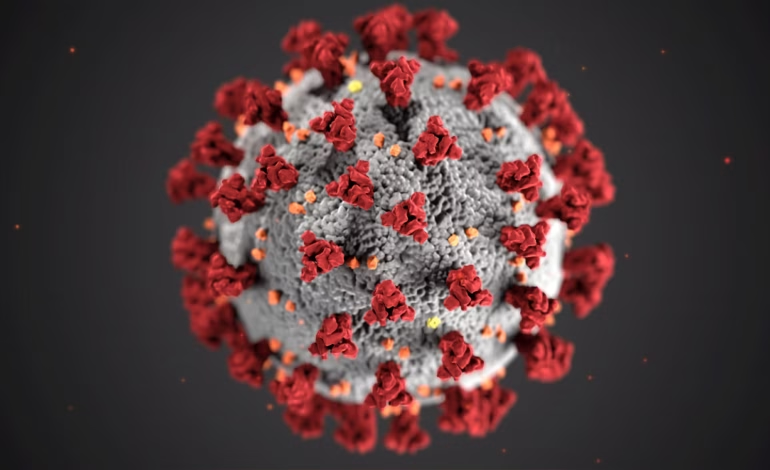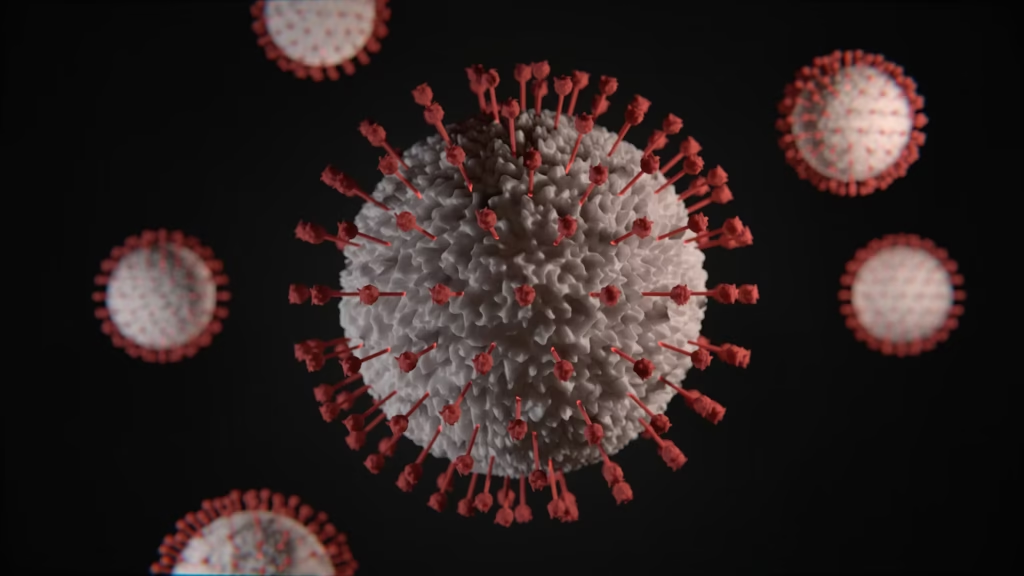The Silent Virus: What You Don’t Know About Hepatitis C Could Hurt You
The Diagnosis I Never Saw Coming I still remember the day I first heard the term “Hepatitis C” from my doctor. It sounded foreign, distant—something from a textbook, not something

The Diagnosis I Never Saw Coming
I still remember the day I first heard the term “Hepatitis C” from my doctor. It sounded foreign, distant—something from a textbook, not something that could be living silently in me. Like many people, I had no symptoms. No fatigue, no pain. I looked healthy. I felt healthy. But inside, a virus was slowly damaging my fatty liver.
That moment opened my eyes. Not just to my own health, but to how underdiagnosed, misunderstood, and dangerously common Hepatitis C truly is.
This is the story—and science—behind Hepatitis C, and why awareness and early action could save your life.
What Is Hepatitis C?
Hepatitis C (often abbreviated as Hep C) is a viral infection that primarily affects the liver. Caused by the Hepatitis C virus (HCV), it leads to inflammation and gradual liver damage over time. Left untreated, Hep C can progress to cirrhosis, liver failure, or liver cancer—often without warning.
It’s sometimes called a “silent epidemic”, because symptoms often appear only after the liver has sustained serious damage.
How Do You Get Hepatitis C?

Hep C is transmitted through blood-to-blood contact. Common ways it spreads include:
- Sharing needles or syringes (most common in intravenous drug use)
- Blood transfusions or organ transplants before 1992 (before widespread HCV screening)
- Unsafe tattooing or piercing practices
- Accidental needle sticks in healthcare settings
- Sex with an infected person, especially if there is blood exposure
- From mother to child during childbirth (less common)
You cannot get Hep C from casual contact, hugging, kissing, or sharing food or drinks.
Who’s at Risk for Hep C? You Might Be Surprised
Many people think Hep C only affects a specific group—but the reality is broader.
High-Risk Groups Include:
- Baby boomers (born 1945–1965): Often infected decades ago without knowing it
- People who’ve injected drugs (even once, even years ago)
- Healthcare workers exposed to infected blood
- Recipients of blood transfusions or organ transplants before 1992
- Incarcerated individuals
- People with HIV
Despite the risk, millions of Americans remain undiagnosed. According to the CDC, over 2.4 million people in the U.S. live with chronic Hepatitis C.
Symptoms of Hepatitis C: Often Silent, Sometimes Subtle
Most people with Hep C have no symptoms for years. When symptoms do occur, they may include:
- Fatigue
- Loss of appetite
- Nausea
- Abdominal pain (especially upper right side)
- Dark urine
- Jaundice (yellowing of the skin or eyes)
- Joint pain
- Brain fog or depression
Because these symptoms can be vague or appear late, testing is essential for diagnosis.
How Is Hepatitis C Diagnosed?
A simple blood test can detect Hep C:
- HCV antibody test – shows if you’ve ever been exposed
- HCV RNA test (viral load) – confirms if the virus is currently active
- Genotype test – determines the strain, which can guide treatment
- Liver function tests – assess liver health
- FibroScan or biopsy – evaluate scarring or cirrhosis
If you’ve ever been at risk—even decades ago—talk to your doctor about getting tested.
Treatment Has Transformed: Hep C Is Curable
Yes, you read that right. Hepatitis C is now curable in over 95% of cases thanks to modern antiviral treatments called Direct-Acting Antivirals (DAAs).
What You Need to Know About Hep C Treatment:
- Duration: Typically 8–12 weeks
- Pills: No injections—just once-daily oral medication
- Minimal side effects for most people
- Highly effective even in advanced liver disease or HIV co-infection
- Covered by insurance in most cases
The earlier you’re treated, the better your outcomes—both in terms of liver health and overall wellness.
Read About: COVID-19 and Immune Attacks: Could a Common Drug Prevent Damage?
Why So Many People Still Go Untreated
Despite medical breakthroughs, Hep C continues to be underdiagnosed and undertreated due to:
- Lack of symptoms
- Outdated stigma (especially related to drug use or incarceration)
- Low awareness among healthcare providers and patients
- Limited access to testing or specialist care in rural or underserved communities
That’s why education and public health efforts are crucial. No one deserves to suffer from a curable disease.
Hepatitis C and Liver Cancer: A Hidden Link
Chronic Hep C is the leading cause of liver cancer in the U.S. It’s also a top reason for liver transplants. But with early diagnosis and treatment, the risk of developing liver cancer drops significantly.
Living Beyond Hep C: What Happens After You’re Cured
Being cured of Hep C means the virus is gone, but liver health still needs attention.
Post-cure tips:
- Regular liver checkups (especially if you had cirrhosis)
- Avoid alcohol to prevent further damage
- Stay vaccinated against Hepatitis A & B
- Eat a liver-friendly diet
- Exercise and maintain a healthy weight
For me, being cured of Hep C felt like regaining control of my future. But it also sparked a mission: to make sure no one stays in the dark like I did.
Don’t Wait. Test, Treat, and Talk About It.
Hepatitis C is not a punishment, it’s not shameful—and it is absolutely treatable. Whether you’re at risk, newly diagnosed, or supporting someone who is, the most powerful thing you can do is act early.
Awareness saves lives. Testing changes futures. And treatment? Treatment can give you a second chance.
So if you’ve ever wondered, “Could I have it and not know?”—don’t wonder. Get tested. Ask questions. Reclaim your health.
By Izzy Malcolm for Ravoke.com








